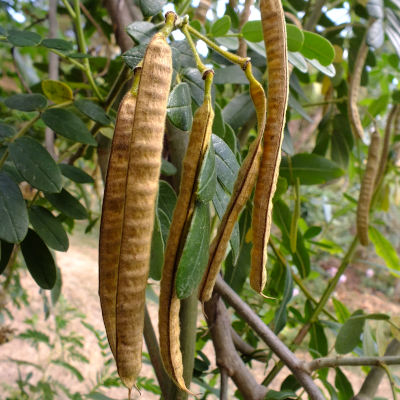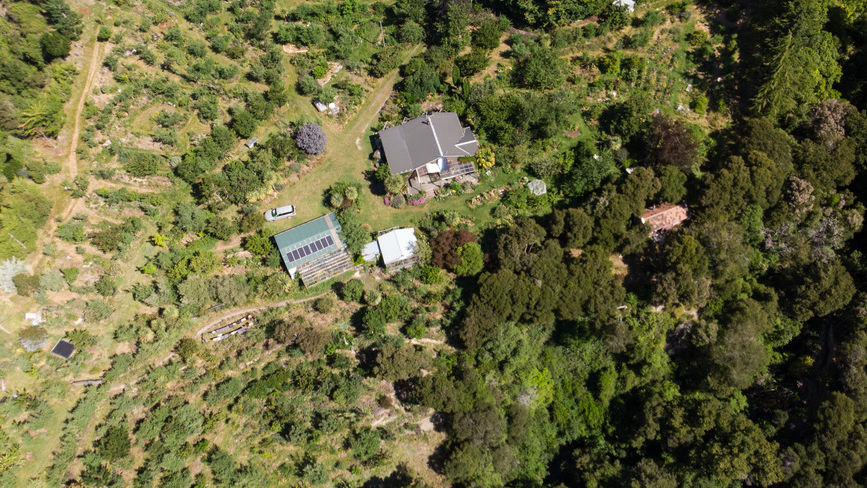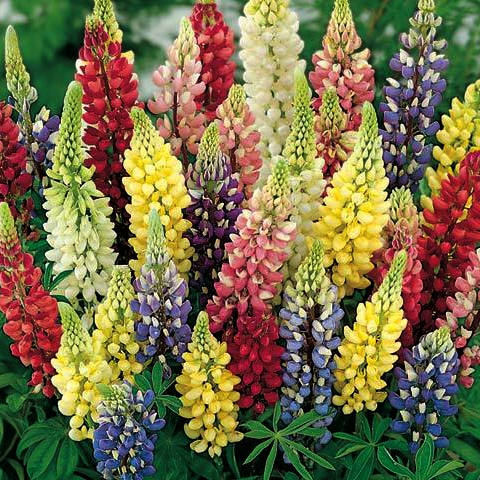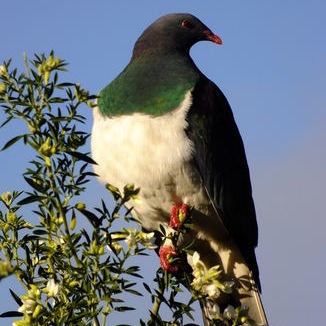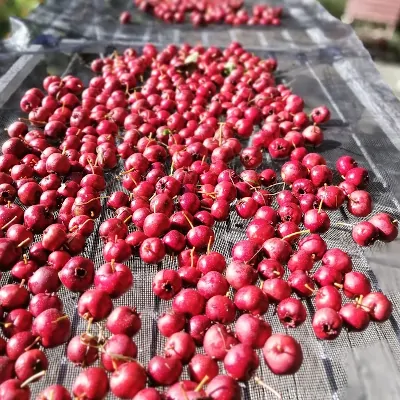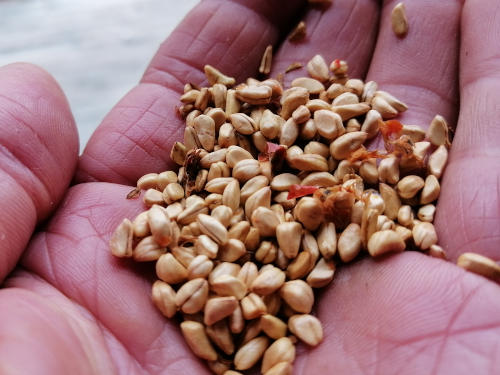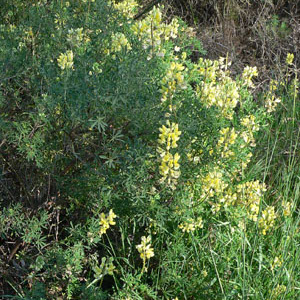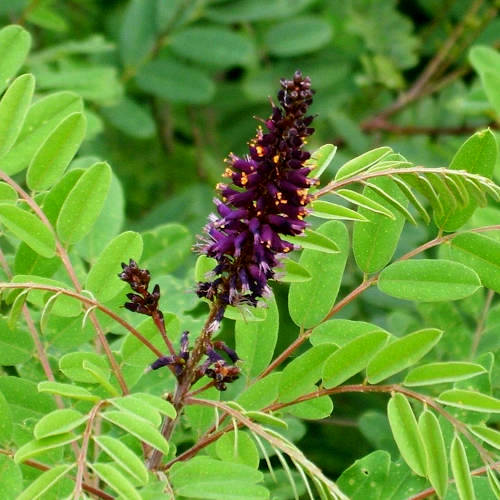Attractive, productive ecosystems
Details
Whether you're here to deepen your knowledge, immerse yourself in nature, or be inspired to embark on your own ecological journey, Blockhill is a place where growth - both personal and environmental - thrives. Join us in celebrating and cultivating a sustainable future, one seed at a time.
